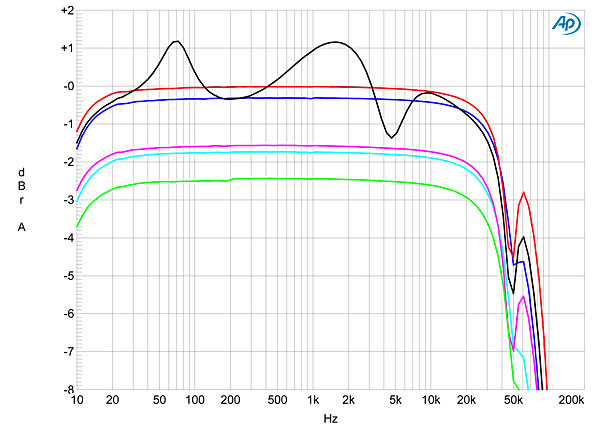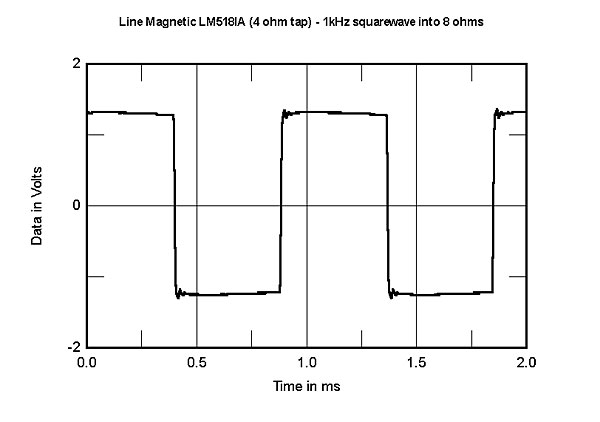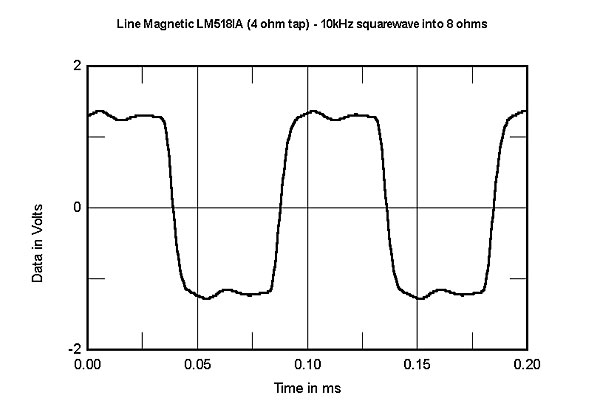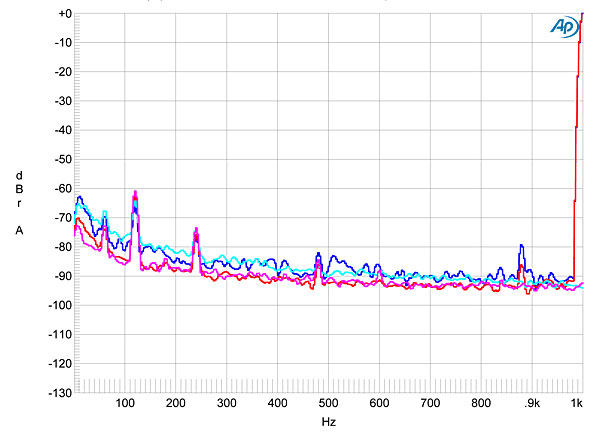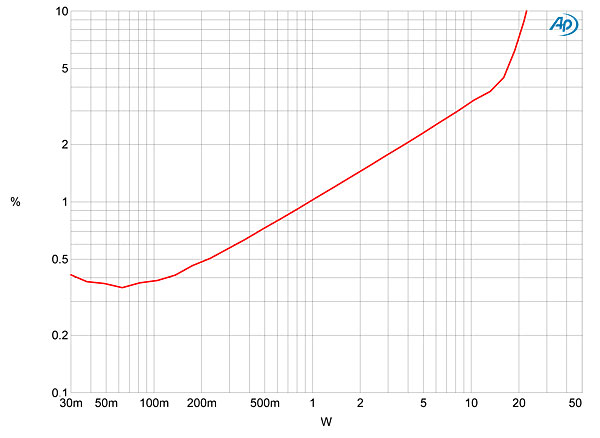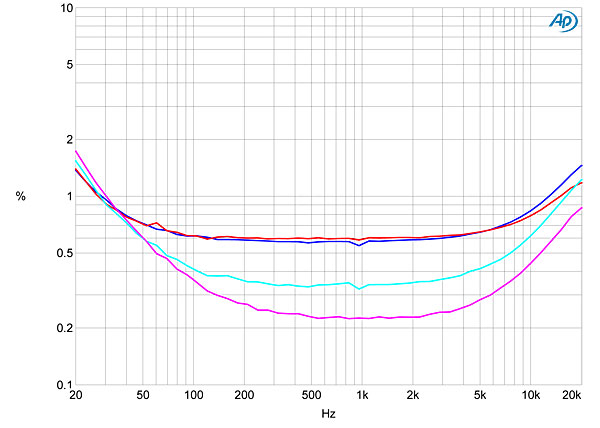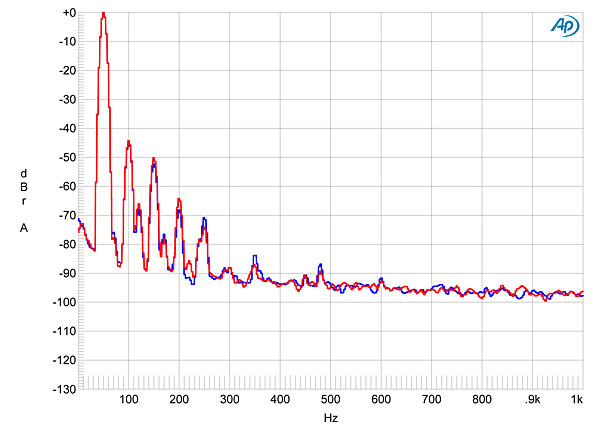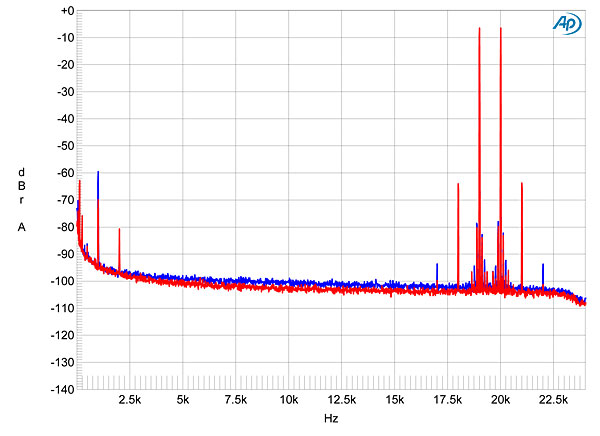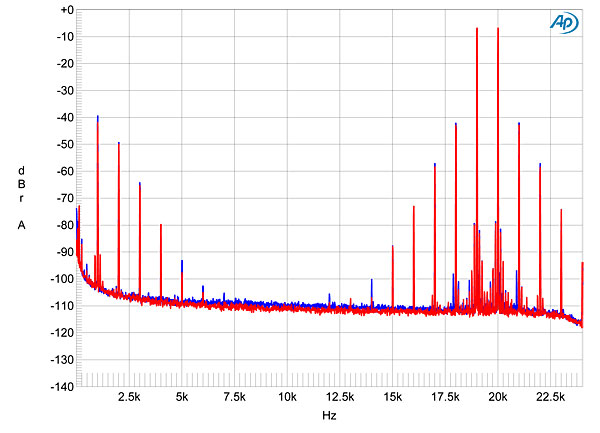| Columns Retired Columns & Blogs |
This amplifier may sound very good but, personally, I wouldn't want glass tubes whose contents were 3140 degrees fahrenheit in my living room. It sounds too dangerous to me, setting aside how much heat they would generate.
Even if the amplifier had tube cages (it would have been nice to have seen them in this review), I suspect the cages themselves may get so hot to be dangerous to the touch.
Robert
